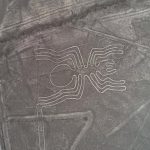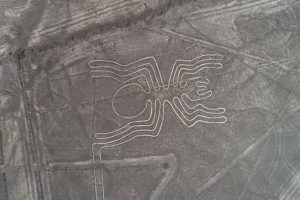New research has further narrowed the circle around how writing as we understand it emerged in Mesopotamia, for the first time in humanity.
The study is the work of Kathryn Kelley, Mattia Cartolano and Silvia Ferrara, all from the University of Bologna in Italy.
The authors of the study have concluded that the origins of writing in Mesopotamia lie in the images printed by ancient cylinder seals on clay tablets and other artifacts. Kelley and his colleagues have identified a series of correlations between the designs engraved on these cylinders, which date back about six thousand years, and some of the signs of protocuneiform writing that emerged in the city of Uruk, located in what is now southern Iraq, about 3,000 years before Christ.
Uruk, one of the first cities to emerge in Mesopotamia, was an immensely important center throughout the fourth millennium BC, influencing an extensive region stretching from southwestern Iran to southeastern Turkey.
In this region, cylindrical seals were created. Typically made of stone and engraved with a series of designs, these cylinders were rolled on clay tablets, leaving an impression of the design stamped on them.
Beginning in the mid-fourth millennium BC, cylinder seals were used as part of an accounting system to control the production, storage, and transportation of various common consumer goods, especially agricultural products and textiles.
Example of a cylindrical seal (on the left) and the impression left by it on a clay tablet (right). (Photo: Franck Raux © 2001 GrandPalaisRmn (Musée du Louvre). CC BY)
In this context, protocuneiform writing appeared: an archaic form of writing composed of hundreds of pictographic signs, more than half of which remain undeciphered today. Like cylinder seals, protocuneiform writing was essentially used for accounting. Its use is documented especially in southern Iraq.
The recent study opens new perspectives to understand in detail the birth of writing and can help researchers not only to obtain new knowledge about the meaning of the designs of cylindrical seals, but also to decipher many still unknown protocuneiform signs.
“The conceptual leap from prewritten symbolism to writing is a significant advance in human cognitive technologies,” highlights Ferrara. “The invention of writing marks the transition between prehistory and history, and the findings of this study bridge this divide by illustrating how some images from late prehistory were incorporated into one of the first invented writing systems.”
The study is titled “Seals and signs: tracing the origins of writing in ancient South-west Asia.” And it has been published in the academic journal Antiquity. (Fountain: NCYT by Amazings)











![[Img #74323]](https://thelatestnews.world/wp-content/uploads/2024/11/New-revelations-about-the-origin-of-writing.jpg)


![[Img #74676]](https://thelatestnews.world/wp-content/uploads/2024/12/Laser-artificial-neuron-300x200.jpg)
Add Comment